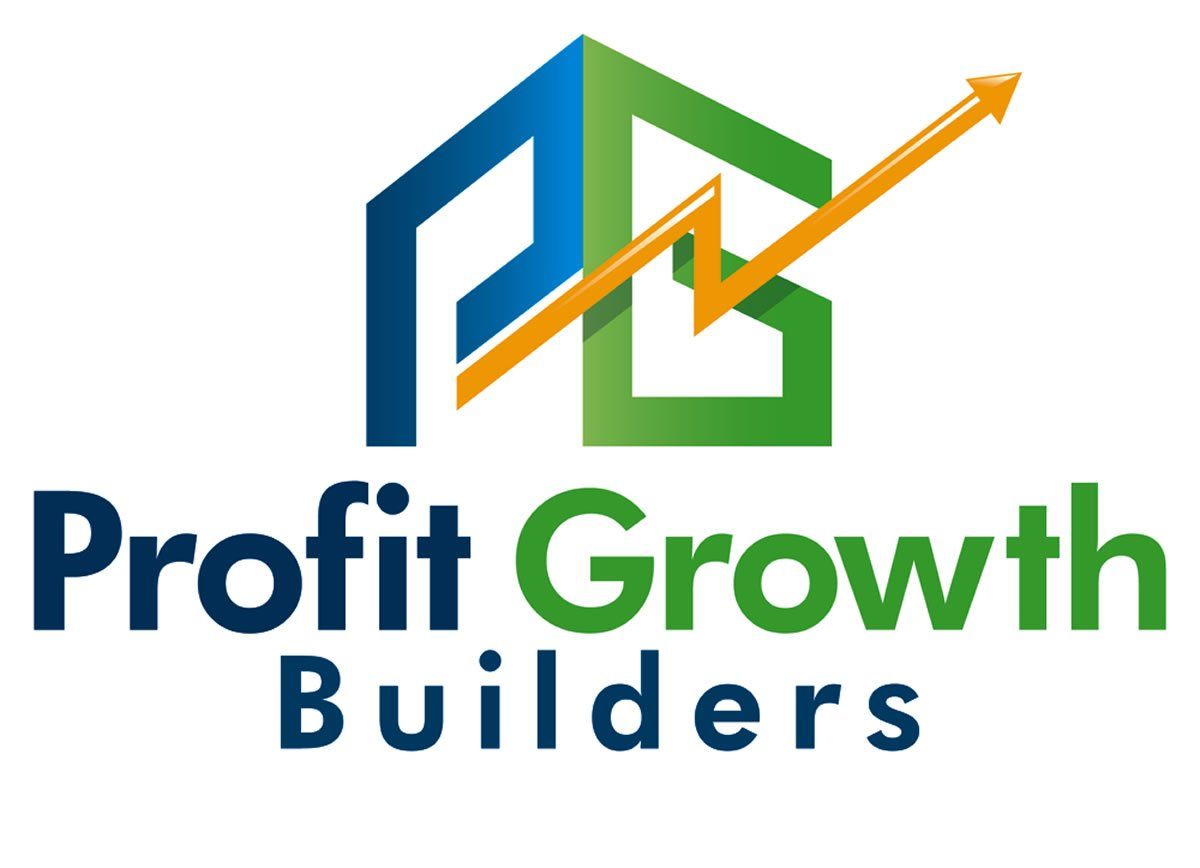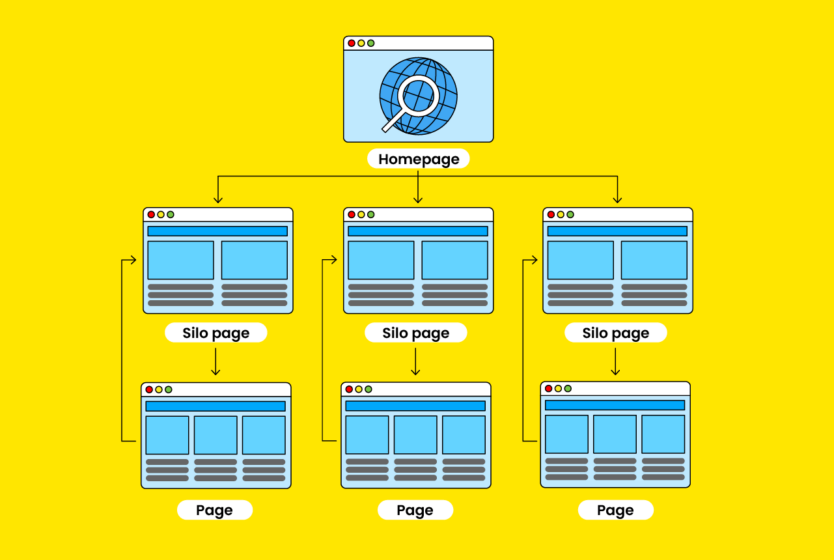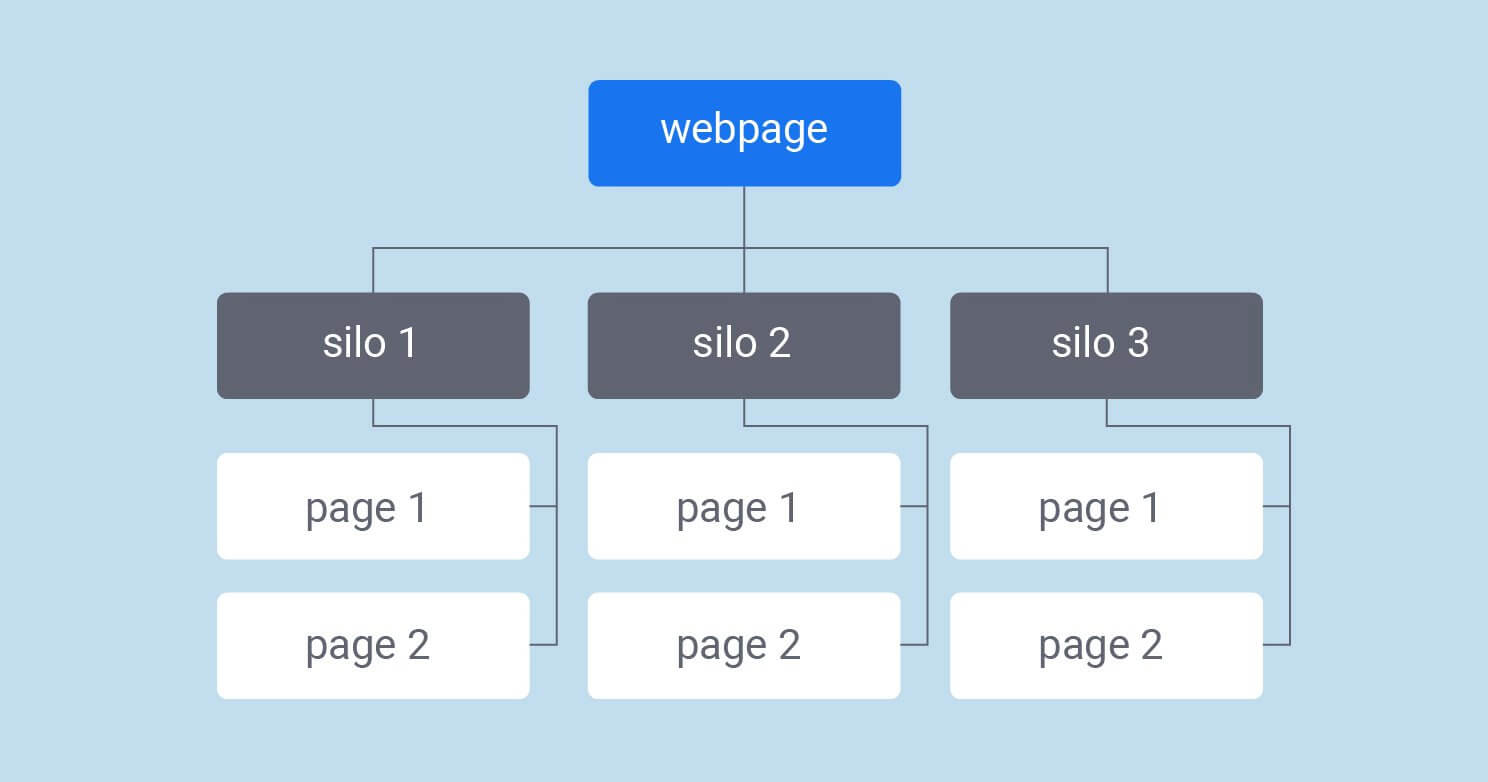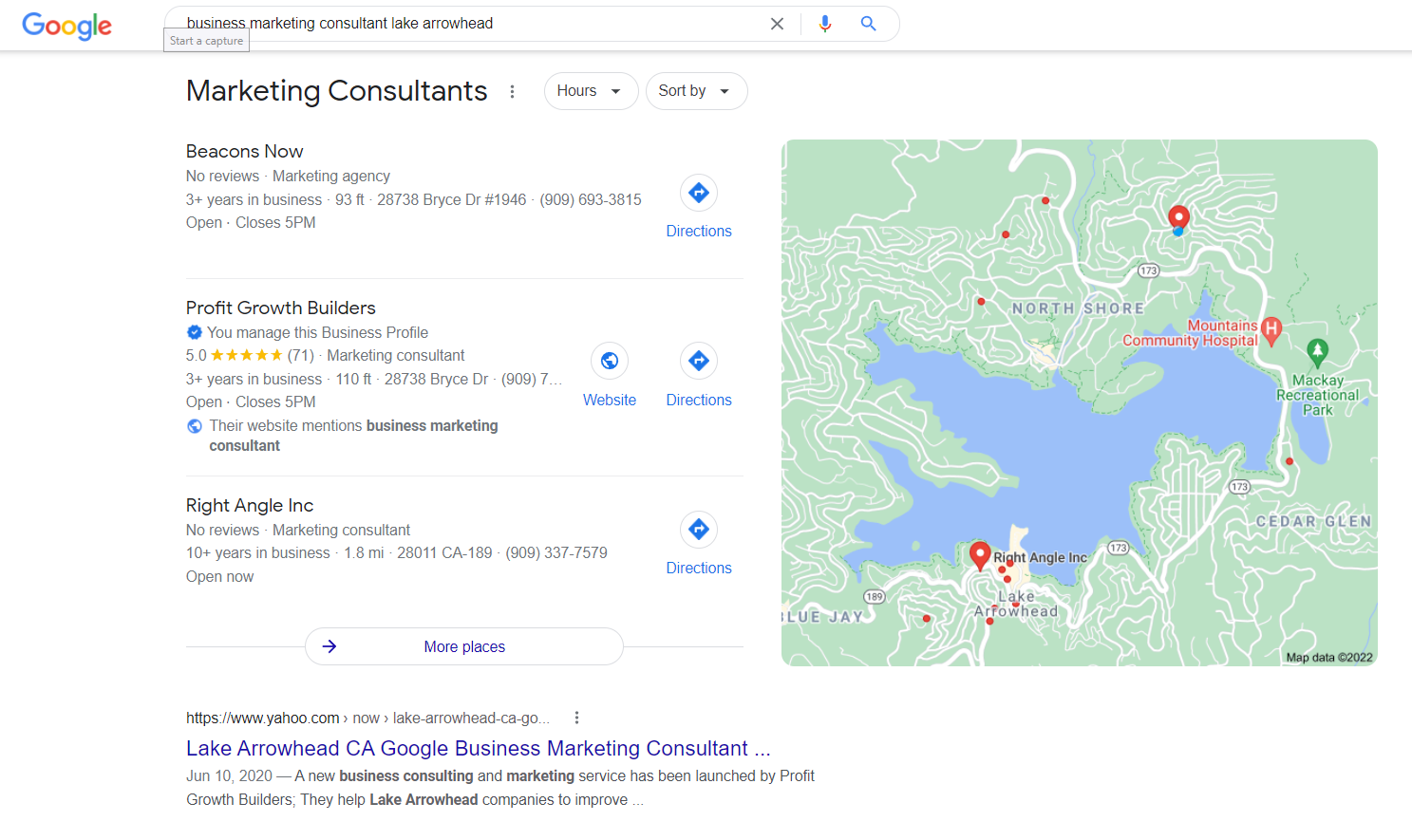Creating theme-based silos for local search engine rankings is an effective strategy to improve your website's organic ranking on Google and attract more visitors. When done correctly, silos can help you organize the local content with intuitive internal linking so that search engines including Google can easily find the information they need.
Creating theme-based silos can also help you define the purpose of different sections and relevant pages of your site. This can help you make sure your site is focused on certain topics, contains relevant content, is search engine friendly and helps users have good user experience. These activities build trust and authority, Google awards your domain with better search results. The key is to create a consistent theme throughout your website so that visitors will want to come back.






